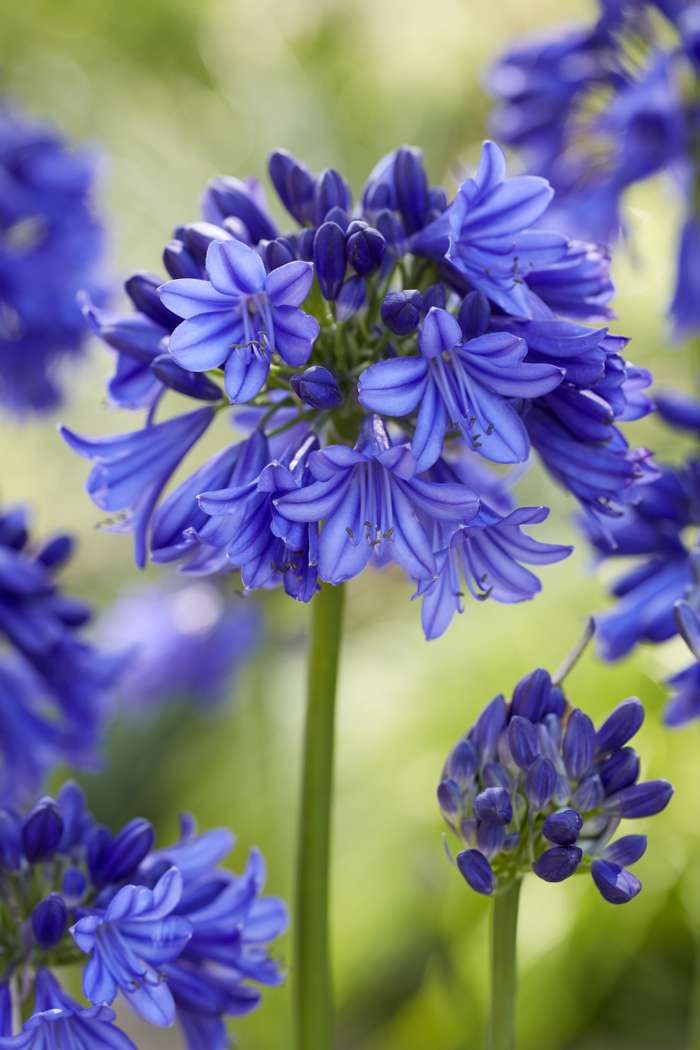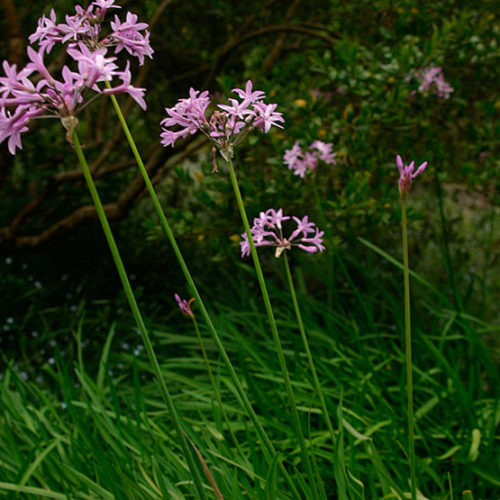Agapanthus Varieties: Selecting the very best for Your Landscape
Agapanthus Varieties: Selecting the very best for Your Landscape
Blog Article
Unleashing the Secret to Effective Agapanthus Growing: Advice for a Flourishing Garden
In the world of gardening, cultivating agapanthus effectively calls for a critical technique that incorporates numerous aspects of plant care. With mindful focus to information, one can open the keys to supporting these magnificent blooms, bring about a yard that grows with elegance and vibrancy. By recognizing the subtleties of agapanthus cultivation, one can produce an environment where these plants thrive and grow generously. In the following discussion, we will certainly explore vital pointers and methods that will certainly lead you towards a thriving agapanthus yard, providing understandings right into finest practices, soil conditions, watering strategies, and a lot more.
Planting Agapanthus: Ideal Practices
When growing Agapanthus, proper soil prep work is vital for making sure effective development and growth of these gorgeous flowers. Agapanthus, commonly referred to as Lily of the Nile or African lily, prospers in well-draining soil with a slightly acidic to neutral pH level - Agapanthus. Prior to growing, it is critical to modify heavy clay dirts with natural matter such as compost or peat moss to improve drain and supply crucial nutrients for the plants
To grow Agapanthus, choose a location that gets complete sunshine to partial shade, as this will certainly promote healthy growth and abundant flowering. Dig an opening two times the diameter of the plant's origin ball and put the Agapanthus at the exact same deepness it was previously growing. Carefully backfill the hole with soil, pushing down strongly to get rid of any kind of air pockets around the origins.
Water the newly grown Agapanthus completely and continue to keep the soil evenly moist, specifically throughout the plant's energetic expanding period. Agapanthus. Using a balanced plant food once a month can additionally sustain the plant's growth and flowering. By complying with these ideal practices for growing Agapanthus, you can produce a sensational display screen of these exciting blossoms in your garden
Suitable Soil Issues for Agapanthus
For optimum growth and growing success of Agapanthus plants, making sure the dirt problems are optimal is essential. Agapanthus flourishes in well-draining dirt with a slightly acidic to neutral pH degree varying from 6.0 to 7.0. This type of soil enables sufficient water drainage, stopping waterlogging which can cause root rot. To boost soil drain, take into consideration including natural matter such as garden compost or peat moss when preparing the planting site. In addition, Agapanthus favors dirt that is abundant in nutrients, so incorporating a well balanced fertilizer during the expanding season can promote healthy and balanced growth and dynamic blooms.

Watering and Fertilizing Tips
To ensure healthy and balanced development and lively blossoms, correct watering and fertilizing methods are essential for successful Agapanthus cultivation. Agapanthus plants benefit from normal watering, particularly throughout the expanding season.
When it pertains to fertilizing Agapanthus, a well balanced fertilizer with equal parts nitrogen, phosphorus, and potassium can be applied in the spring to advertise healthy growth and blooming. Slow-release plant foods are suitable for supplying nutrients progressively over a prolonged duration. Stay clear of over-fertilizing, as this can result in extreme vegetation development have a peek at this site at the cost of blooms.
In addition, integrating raw material like garden compost into the dirt can enhance nutrient degrees and boost soil framework, helping in the overall wellness of the Agapanthus plants. By following these watering and fertilizing tips, gardeners can guarantee their Agapanthus plants flourish and produce spectacular displays of blossoms.
Pruning and Deadheading Strategies
Appropriate pruning and deadheading strategies play a vital function in preserving the health and wellness and aesthetics of Agapanthus plants, enhancing the crucial practices of watering and feeding for successful growing. Pruning Agapanthus entails eliminating spent blossom heads, dead or yellowing fallen leaves, and general shaping of the plant to advertise far better growth. Deadheading, the process of eliminating discolored flowers, not just improves the plant's appearance but additionally urges more flowering.
When deadheading Agapanthus, it is advisable to clip off the blossom stem at the base utilizing sharp, clean shears. This process reroutes the plant's power from seed production back into origin and vegetation development, promoting a healthier and extra durable plant. Normal deadheading can prolong the growing period of Agapanthus and prevent self-seeding, which can bring about congestion.
In terms of pruning, Agapanthus typically take advantage of a light trim after flowering to clean up the plant and motivate fresh growth. Cutting down the spent blossom stems and removing any broken or dead foliage aids preserve the plant's vitality and overall look. Nonetheless, it is necessary to prevent cutting right into the crown hop over to here of the plant, as this can compromise its health and wellness.

Protecting Agapanthus From Pests and Diseases
Carrying out reliable bug and disease administration strategies is crucial to securing the health and vigor of Agapanthus plants in cultivation. Agapanthus are generally durable plants, however they can still succumb to different bugs and diseases if not appropriately cared for. One common bug that influences Agapanthus is the Agapanthus borer, a caterpillar that passages into the plant, triggering damage to the leaves and blossoms. To avoid infestations, normal assessment of the plants is essential. If borers are discovered, they can be manually gotten rid of, or insecticidal soap can be used as a control step.
Along with parasites, Agapanthus are at risk to diseases such as root rot and fungal fallen leave places. These problems can typically be prevented by making certain proper water drainage and staying clear of overwatering. If indications of disease show up, impacted parts of the plant ought to be click this site immediately eliminated to stop additional spread. Fungicides might also be used as a treatment procedure, following the supplier's directions very carefully. By staying vigilant and resolving pest and disease concerns immediately, garden enthusiasts can aid their Agapanthus thrive and thrive.

Conclusion
To conclude, successful cultivation of agapanthus needs proper planting methods, suitable dirt conditions, appropriate watering and fertilizing, normal trimming and deadheading, and security from conditions and bugs. By complying with these tricks and suggestions, gardeners can guarantee a flourishing garden full of lovely agapanthus flowers. Agapanthus. Remember to keep constant care and focus to detail to advertise the health and wellness and durability of these magnificent plants
When planting Agapanthus, correct dirt prep work is important for guaranteeing effective growth and growth of these beautiful blossoms.Water the newly planted Agapanthus extensively and proceed to keep the soil evenly wet, especially during the plant's energetic expanding season.For optimum growth and blooming success of Agapanthus plants, ensuring the soil conditions are ideal is vital. When growing or hair transplanting Agapanthus, make certain the soil is well-prepared to offer the required structure for the plants to establish themselves effectively. One common parasite that impacts Agapanthus is the Agapanthus borer, a caterpillar that tunnels right into the plant, creating damage to the fallen leaves and blossoms.
Report this page